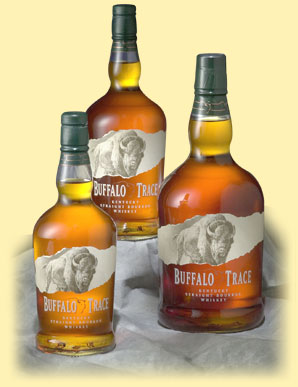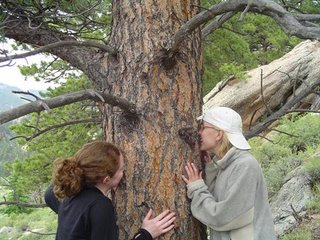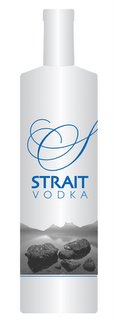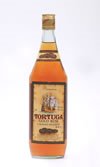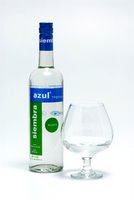
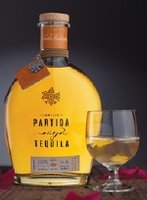
NEW YORK -- Tequila. For some people the name conjures up images of lost weekends in Tijuana, wild nights at college parties, or self-medicating visits to dingy bars when life got too much to bear.
That was then, this is now. The consumer market for the onetime outlaw alcohol continues to expand, with the 100% pure blue agave super premium niche recording a 25% sales increase in the past year. Tequila has gone mainstream and upscale in a big way.
In fact, it has gone so mainstream that the
Inter-American Development Bank’s Multilateral Investment Fund (MIF) has just approved a $1.6 million grant to support the
Tequila Trail, a sustainable tourism project in the Tequila region of the Mexican state of Jalisco.
The aim is to highlight the region's natural and cultural attractions such as
mariachi music and the
charrors, the traditional horsemen. The region is linked by highways to Guadalajara, the country's No. 1 convention city, and to Puerto Vallarta, one of Mexico's most popular seaside resorts. The project also will be supported by the Jose Cuervo Foundation and other distillers.
Beyond Jose Cuervo, Sauza, Patron, Don Eduardo, Corazon, Don Julio and other familiar names, more newcomers to the American market keep popping up, drawing comparisons to the explosion in vodka labels that shows no signs of abating.
Partida, for example, is an estate-grown tequila made by the Partida family in Mexico's Amatitan region. They've released tequila in all three official categories -- Blanco, Reposado and Añejo. Partida's Reposado won a double gold at the recent San Francisco World Spirits Competition, the Blanco won a single gold, the Añejo -- aged 18 months in French-Canadian oak barrels -- won a silver.
It also earned a perfect, and rare, five-star tasting mark from my colleage F. Paul Pacult in his respected Spirit Journal. Not bad at all for a tequila introduced to the general market less than a year ago. Suggested retail prices: $45 for Blanco, $57 for Reposada, $62 for Añejo.
At the other end of the production extreme is
Siembra Azul (Blue Harvest), a kosher, 100% blue agave small-batch product just introduced to the U.S. market in March. It's produced by David Suro-Piñera, who returned to his native land after two decades in the States to take up commercial tequila making.
"I've spent 20 years researching the greatest tequilas and made hundreds of trips in search of the rarest and best tequilas that my homeland offers," says Suro-Piñera.
His tequila comes in three traditional varieties, all produced in the highlands of
Jalisco state. The Blanco retails for about $34, the Reposado for $39, the Añejo for $45.
The first batches of Siembra Azul Blanco and Reposado are available only in New York, New Jersey and Pennsylvania restaurants, bars and liquor stores, but will go national in the coming months. Consumers elsewhere who can't wait can order through online companies such as Sherry-Lehmann Wine and Spirits in New York.
Tequila has its unique points. For one, there are no vintage years because tequila is made year-round from a plant that takes eight to 12 years to mature and its ripeness doesn't depend on the climate of one particular year. However, the weather obviously plays a major role year after year on the quality of the blue agave plants.
Once the best plants are selected, workers cut off the outer layers to reveal the piña, the pineapple-like heart of the plant, roasting it, with a clay oven the most traditional and, say purists, the best way to heighten flavor, then undergoing the fermentation and distillation processes.
Just as true champagne can only be made in Champagne, France, true tequila can only be produced in the Tequila region of Mexico and must meet stringent government regulations. It is made in two general categories:
•
Tequila 100% Agave -- Must be made only with the juice of the blue agave plant and must be bottled at the distillery in Mexico. It may be Blanco, Reposado, or Añejo.
•
Tequila -- Must be made with at least 51% blue agave juices. It may be exported in bulk to be bottled in other countries following the NOM standard. It may be Blanco, Gold, Reposado, or Añejo.
NOM, the official Mexican product safety requirements, defines four types of tequila:
•
Blanco, or Silver -- The traditional tequila. Clear, transparent, fresh from the still. Must be bottled immediately after distillation process. Traditionally served in a two-ounce glass called a "caballito."
•
Oro, or Gold -- Modified by adding colorings and flavorings, caramel the most common. Widely preferred for frozen Margaritas.
•
Reposado, or Rested -- Kept in white oak casks or vats called "pipones" for two to 11 months. Much mellower than blanco or oro, pale in color, gentle bouquet.
•
Añejo, or Aged -- Matured in white oak casks for a year or more. Maximum capacity of the casks should not exceed 159 gallons. Amber color, oak notes.
•
Reserva -- Not technically a category, but recognized as an Añejo aged in oak up to eight years.
The aforementioned Paul Pacult was the leadoff speaker at a recent tequila workshop in Manhattan for beverage journalists and industry insiders. He, mixologist/author Dale DeGroff, spirits experts Steve Owen and Doug Frost and beverage historian Dave Wondrich led the group through a tasting of the full range of tequilas as well as sampling several drinks created by DeGroff ("The Craft of the Cocktail").
MY TASTING NOTESThe Manhattan tasting covered a trio of 100% blue agave tequilas, from young to aged, and can be used as a basic yet high-quality range of tequilas for an at-home tasting party.
(1.) The Don Julio Blanco had a slight greenish tinge with an initial taste to match -- pleasant brine, dill and clover.
(2.) The Don Eduardo Reposada tended toward notes of butterscotch from being aged form several months in oak.
(3.) The Corazon Añejo showed the results of being aged two years in new oak, with a vanilla aroma and initial flavors and aftertaste of vanilla, caramel and pear.
To Dowd's Spirits Notebook latest entry.
To Dowd's Wine Notebook latest entry.
To Dowd's Brews Notebook latest entry.
Back to Dowd's Bar Blog
